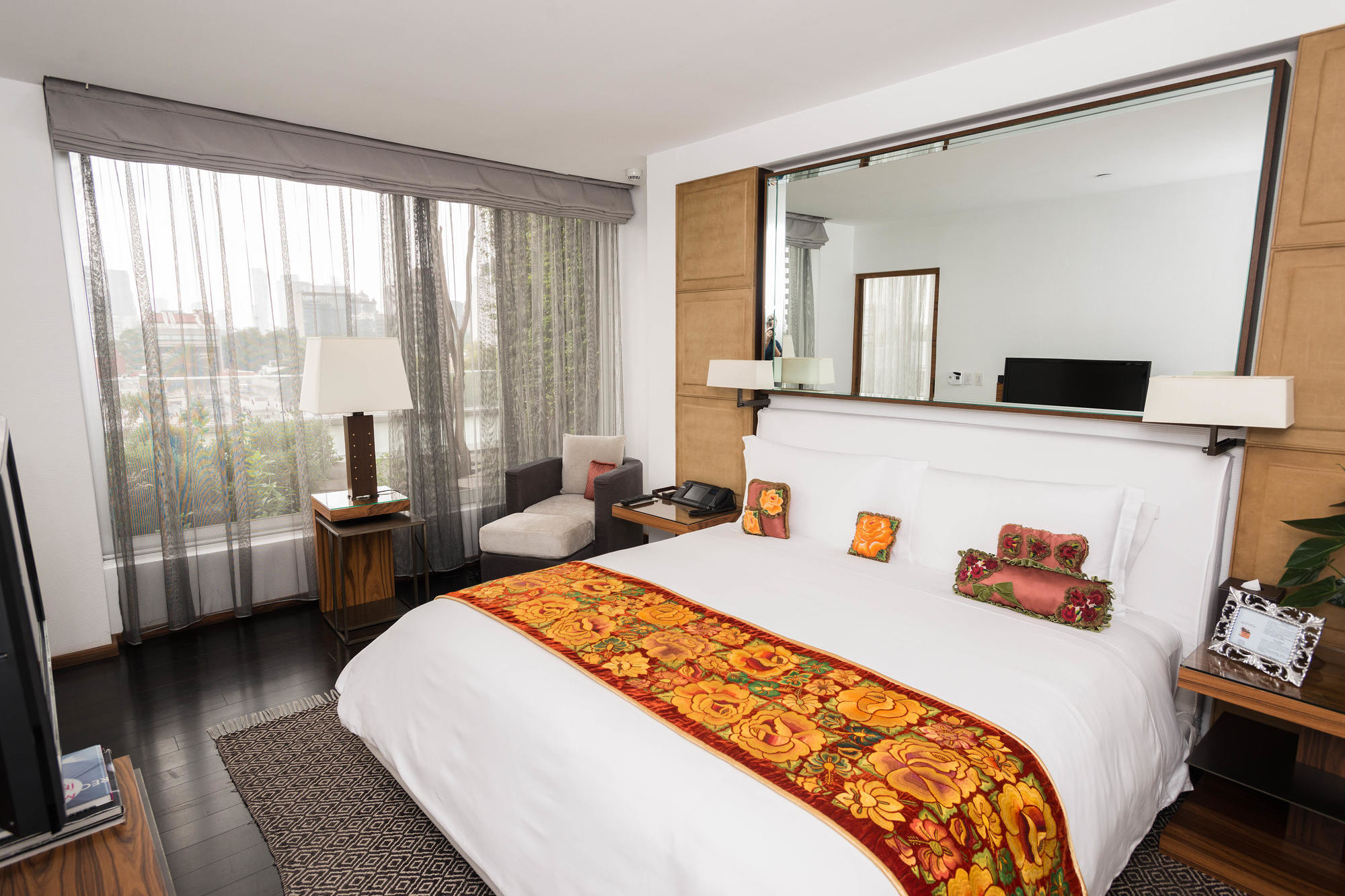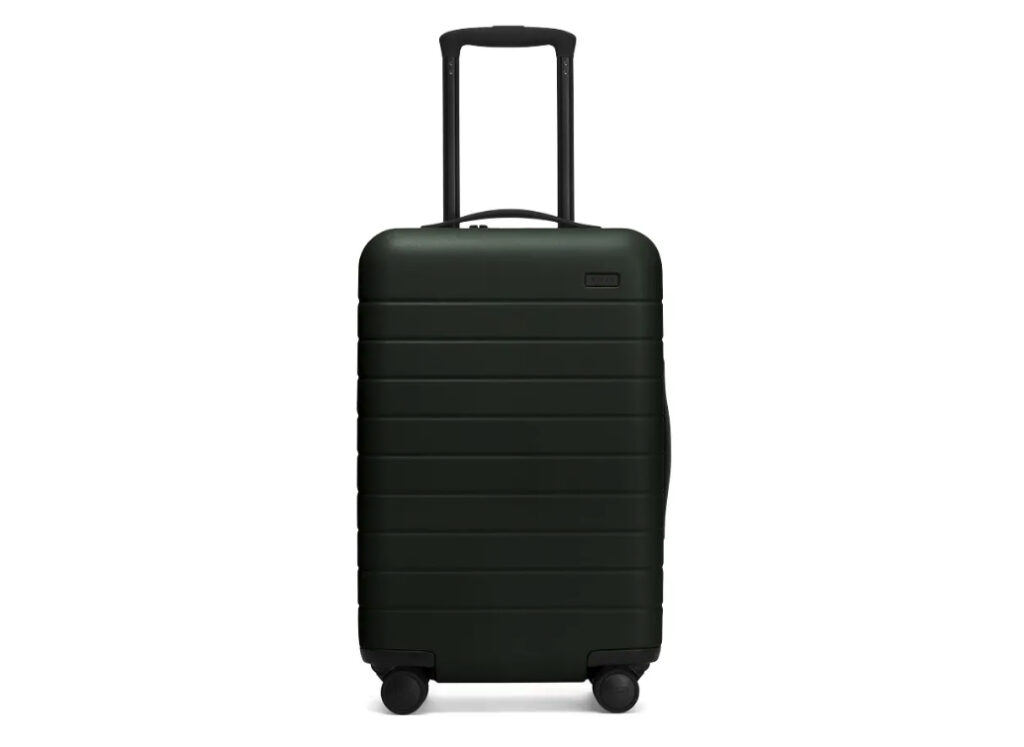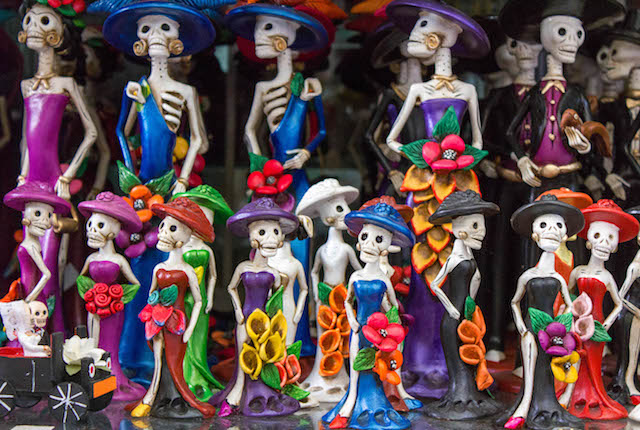
Tell your friends that you're going to Mexico City, and you're certain to get more than one concerned response. While the city has been enjoying a massive resurgence among travelers, Mexico and its capital have a reputation that precedes them both. And when it comes to Mexico on the whole, the facts can be scary. In 2019 alone, murders soared to their highest rate in decades, according to Al Jazeera, while everything from devastating earthquakes, tainted alcohol, and revenge killings have plagued the nation's popular tourist destinations. These issues have led the U.S State Department to release Level 4 "do not travel" warnings on five Mexican states, and the entire country has a warning to "exercise increased caution." Even so, the country still exerts a magnetic pull on travelers, particularly those from the United States. While many head to Cabo San Lucas, Cancun, and Tulum, the nation's capital -- Mexico City -- is a major destination. However, given that it's one of the largest cities in the world -- and travelers' fears about Mexico in general -- the question is often asked: "Is it safe to visit Mexico City?" The answer is yes -- for the most part. Here's what you need to know.
The Truth About Mexico City’s Murder Rates
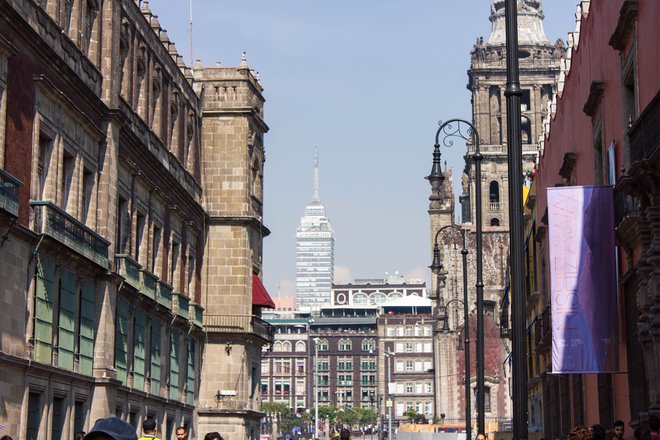
Let’s start with some basic facts. Mexico’s Level 2 travel advisory, issued by the U.S. State Department, is on par with France, Italy, the U.K, and Spain. Mexico is also a huge and varied place — the states that the U.S. State Department advises against visiting are likely not going to be on any traditional tourists radar, for instance. Mexico City is also huge. Incredibly huge, in fact. The city itself is home to nearly nine million citizens, while the metropolitan area holds nearly 21 million people. To put this in perspective, the greater Mexico City region includes nearly as many people as the entire nation of Australia and twice as many as all of Portugal. The city itself sprawls over 513 square miles, barely impeded by mountains that spring up within it and around it. Within that sprawl, Mexico City is divided into 1,700 colonias (neighborhoods) that spread out in all directions. These facts alone can make the city intimidating to first-time visitors. However, it’s often the nation’s soaring murder and crime rates that have the biggest dampening impact on travelers’ prospective dreams of visiting Mexico City.
Unfortunately, Mexico City hasn’t been immune to the nation’s murder woes. The nation’s drug war — fueled by the United States’ demand for illegal narcotics, plus a flood of firearms from the United States into Mexico as well as the U.S. government’s demands that Mexico clamp down on the trade — started flaring in Mexico City in fairly spectacular fashion in 2017. In July of that year, residents of Mexico City witnessed a blockade of burning vehicles set by drug cartels in retaliation for the police killing several kingpins of a local drug network.
Unfortunately, the trend isn’t reversing, despite promises of President Lopez Obrador upon being elected in 2018 (and the failed attempts of his various predecessors). As of 2019, cartels have been making greater inroads into the city, and violence has followed. That includes extortion of vendors in markets, revenge killings, and all sorts of terrors, according to reporting by Vice magazine. What’s more? Vice reports that murder rates in the city for the first three months of 2019 are 35 percent higher than the same period in 2018 (which are higher than those in 2017).
Those numbers aren’t good, and mark an unnerving trend in a city that’s easily one of the world’s most amazing. To put this in perspective, New York City is roughly the same size as Mexico City — in terms of absolute population and metropolitan area. In 2018, Mexico City’s government registered 2,148 homicides of all kinds, though the number falls to 1,590 when you remove cases of vehicular homicide. New York City recorded only 289 homicides in that same period, according to ABC7. In 2019, the facts don’t seem to be getting better. Mexico City saw 250 homicides in just three months, while New York City has had 135 homicides over six months.
Even so, it’s crucial to add some context to these facts. Generally speaking, the neighborhoods where tourists tend to cluster — Roma, Juarez, and the Zona Rosa — have far lower murder rates. Luxury travelers are likely to stay in Polanco, which is still one of the safest districts in the city. When you start looking at Mexico City on a more granular level, you get closer to how travelers will actually use the city. Think about it this way: NYC overall is experiencing a serious decline in homicides. However, when you start parsing the city into boroughs and neighborhoods, the story is a bit different. For instance, murders are actually on the increase for Brooklyn if you look at statistics. Brooklyn is generally on every tourists radar when they visit New York. But drill down farther into the data and you’ll see that Williamsburg, Greenpoint, and Brooklyn Heights — the three must-visit Brooklyn neighborhoods — aren’t where the murders are happening. They are confined to neighborhoods that tend to draw far fewer tourists.
By looking more broadly at the data, though, the murder rate for Mexico City — while increasing — is still lower than many major global and U.S. destinations. For example, Cape Town’s murder rate has historically been six times higher, while Chicago, New Orleans, Miami, and Philadelphia — all major tourist destinations within the U.S. — all had higher murder rates than Mexico City as of 2018 (which stands at 24 per 100,000 based on Mexico City’s own data).
What Is It Really Like on the Ground?
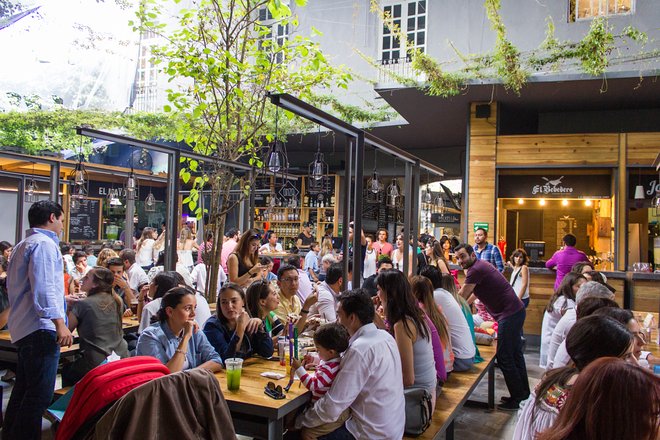
The truth is that most tourists have likely never heard of the neighborhoods that are most plagued by murder and violence in Mexico City as of early 2019: Citlali, San Lorenzo, and Zona Escolar. Even so, given the worsening situation, you should take note of your surroundings and be careful about where you go, particularly as some neighborhoods can change from safe to less so by crossing a street.
During the day, you have almost no reason to be concerned about crime in neighborhoods like Rome Norte, Condesa, Juarez, the Zona Rosa, the Centro, Coyoacan, and Polanco. Collectively, these neighborhoods are home to the city’s most famous art galleries, historic sights, monuments, dozens of museums, and many of its commercial nerve centers. They are also where you will find the lion’s share of Mexico City’s nightlife. Walking around Condesa, Roma, Juarez, and the Zona Rosa day or night is unlikely to feel any less safe than walking around the most popular neighborhoods in New York City, London, or Paris. You’re likely to see families taking their children to play in the city’s parks or snapping pictures below Palacio de Bellas Artes in the Centro. Groups of friends have lunch. Vendors shout their wares. Crowds of people post up at corners that are packed with street-food sellers. At night, the pavement cafes are filled with people having drinks and the nightclubs and bars come alive.
You will want to exercise caution in some of these neighborhoods at night though. To the north of the Centro and mariachi-filled Plaza Garibaldi is the aforementioned Tepito neighborhood. While Tepito is known for its massive counterfeit markets and buzzing food stalls during the day, it has a reputation for being wildly dangerous even among locals. Shoot-outs and drug busts aren’t infrequent occurrences in this part of town. Still, that doesn’t stop tourists from taking guided daytime tours through the neighborhood, visiting sites like a shrine dedicated to Santa Muerte — the deity revered by Mexico’s narcotraficantes. If you’re traveling around Roma Norte, you’ll want to be careful on the eastern edges, where the neighborhood borders Doctores, which has a far higher murder rate than its trendy neighbor to the west.
Earthquakes and Pollution
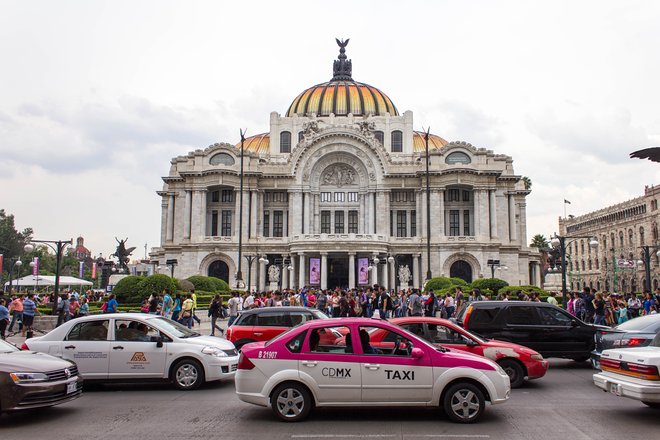
While Mexico’s crime rate sadly continues to climb, there are other factors that weigh on the minds of prospective visitors to Mexico City. Twin quakes shook the city in late 2017 and did significant damage to certain neighborhoods as well as the cities, towns, and villages in the nearby and neighboring states of Puebla, Morelos, and Oaxaca. While there is no way to predict when the next quake will happen, scientists have tried their hand at probability. According to researchers interviewed by the Washington Post, Mexico has a 25 percent chance of experiencing another major quake in 2018. There is no telling how strong, but the area — like California — is under almost constant shaking of some capacity. By way of comparison, the U.S. Geological Survey estimates that the next quake event to strike the San Andreas fault in California — a similar tectonic zone to the ones that have rattled Mexico recently — will be between seven and eight on the Richter scale (the range in which the more destructive of Mexico City’s recent quakes fell).
The same factors that make Mexico City particularly vulnerable to the effects of earthquakes — it’s built upon an ancient lakebed in a high-altitude valley that’s three-fourths ringed by mountains and volcanoes — also contribute to its air pollution woes. While the air is still better in Mexico City today than it was decades ago, there are still plenty of days per year when smog is visible across the city. In May 2019, according to CNN, dark black smog enveloped the city, in part due to wildfires nearby that were exacerbated by weather patterns and pollution from industry, construction, and automobiles. This, coupled with the altitude and frequent sunshine, can make the atmosphere a trap for PM2.5 particles. According to The Guardian, Mexico City’s PM2.5 levels are around double what the World Health Organization recommends. While that sounds bad, it puts Mexico City in company with places like Paris, Prague, Istanbul, Jerusalem, Brussels, and the towns of California’s San Joaquin Valley.
So, Should You Visit Mexico City?
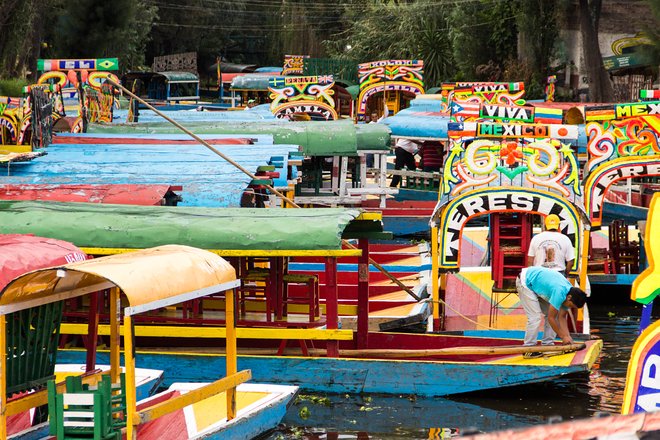
To put it simply, yes. While the reputation of Mexico — like other must-see Latin American destinations including Brazil and Colombia — precedes it, the city itself is a cosmopolitan, modern, and vibrant place. In many ways, Mexico City is the zenith of all things traditionally Mexican, and very far removed from traditional Mexican life. But as the region around Mexico City has been a cultural nerve center for centuries — well before the Spanish invaders arrived — the allure of this city is deep. From the colonial buzz in the Centro and Zocalo to the cafes and restaurants of Roma to the vibrant markets in almost every colonia — plus beautiful parks, luxe shopping, booming arts, and more museums than any major city in the world — Mexico City has plenty to offer any traveler.
With this in mind, you should exercise a bit of caution depending on where you are staying. While it’s safe to stroll around neighborhoods like Juarez, Roma, Coyoacan, Condesa, and Polanco at night, walking around Doctores and parts of the Centro south and west of Bellas Artes is a little riskier. Check with your hotel or vacation rental host for on-the-ground intel on what parts of town to avoid. Also be careful on public transit like the metro and metrobus, which can both be crowded (especially during rush hour) and thus a haven for pickpockets. Keep anything valuable in your front pockets, or underneath layers of clothing. Alternatively, Uber is incredibly cheap in Mexico City, and is often an easier and more secure way for many travelers to get around.
At the end of the day, Mexico City — particularly the parts of town where tourists go — simply doesn’t merit the fear that many travelers have. In fact, the facts and figures show that the the city is safer than many major tourist destinations in the U.S. and elsewhere in the world. When you add an exchange rate that’s friendly to foreign visitors, cheap flights from most major U.S. cities, cultural destinations in spades, and street food that rivals the best cuisines of the world, you’d be missing out big time if you passed over a visit to Mexico City.
Our Hotel Pick in Mexico City: Las Alcobas
The 35-room Las Alcobas is a great little boutique hotel with a luxurious bent that’s set in the exclusive Polanco neighborhood. It’s within walking distance of restaurants, bars, boutiques, and museums. Public spaces are quiet, intimate, and harmonious, and the two on-site gourmet restaurants draw local foodies as well as guests. Rooms are sophisticated and the stylish spa uses indigenous ingredients in many of its treatments. Special services include bath butlers, though children must be at least 7 years old to stay here.
Traveling? Bring the Carry-On from Away
Still lugging around that outdated carry-on from 2006? It’s time for an upgrade. With 360° spinning wheels, a TSA-approved lock, a super hard exterior shell, and a USB-port for charging whatever it is you need charged, the Carry-On from Away is built to be your last.
You’ll Also Like:
All products are independently selected by our writers and editors. If you buy something through our links, Oyster may earn an affiliate commission.
